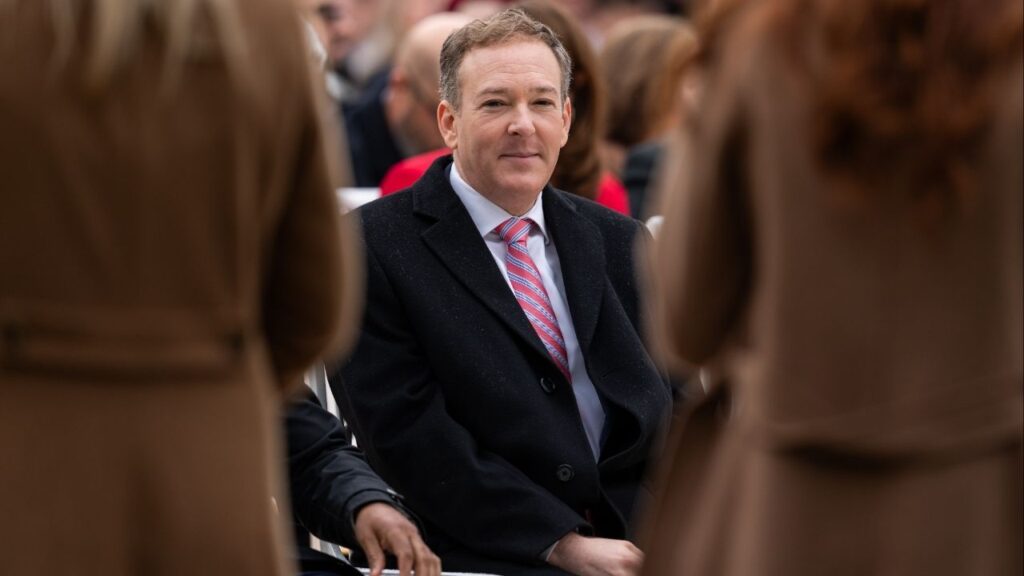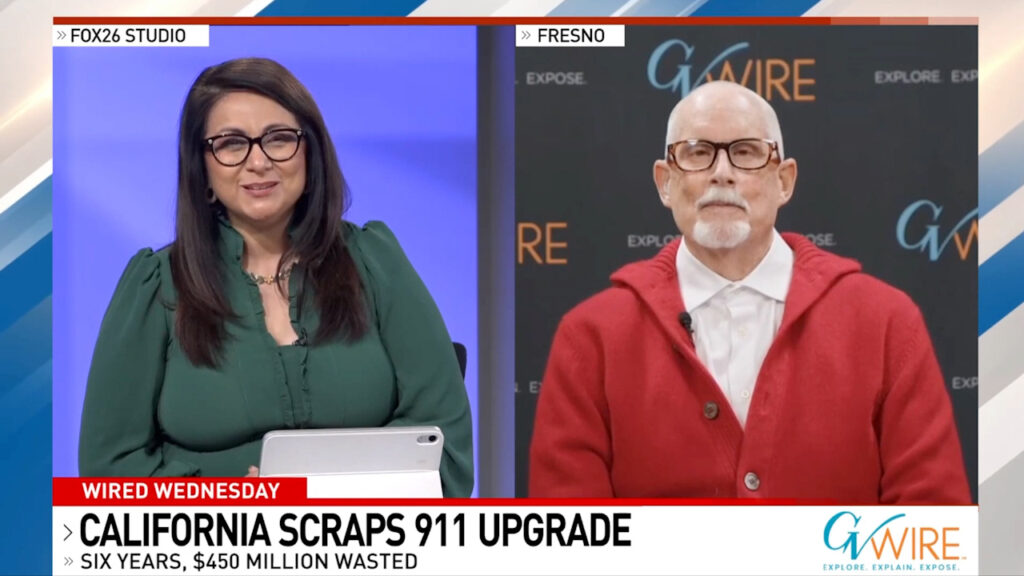A Lockheed Martin Terminal High Altitude Area Defense (THAAD) missile interceptor is seen during the third annual "Made in America Product Showcase" on the South Lawn of the White House in Washington, U.S., July 15, 2019. (REUTERS/Kevin Lamarque/File Photo)

- Republicans unveil $150 billion defense package, including $27 billion for Trump’s Golden Dome missile defense shield and warships.
- The defense bill allocates $29 billion for naval ships, $20 billion for munitions, and boosts military readiness.
- The $150 billion defense measure emphasizes Indo-Pacific strength, missile defense, AI adoption, and modernizing military capabilities.
Share
|
Getting your Trinity Audio player ready...
|
WASHINGTON (Reuters) – Republicans in the U.S. Congress plan to introduce a sweeping $150 billion defense package that will give an initial $27 billion boost to President Donald Trump’s controversial Golden Dome missile defense shield, according to a document and a congressional aide.
The measure, which will be in addition to the approved $886 billion national security budget for 2025, would also fund the building of 14 warships and lift homeland security spending. It will be part of Trump’s sweeping tax cuts bill, which will cut taxes by about $5 trillion and add approximately $5.7 trillion to the federal government’s debt over the next decade.
The measure, details of which have not been previously reported, was designed to address the military’s most pressing needs, Republican Senator Roger Wicker, chairman of the Senate Armed Services Committee, told Reuters in an interview.
He said it was focused on supercharging key areas such as naval shipbuilding, missile defense, and space sensing as well as strengthening the country’s military presence, particularly in the Indo-Pacific, part of a broader strategy to prevent conflict.
“Strength, particularly in the Indo-Pacific, will make China less eager to break the status quo, which has led to a vast global prosperity among people who’ve never had it before. This is part of a plan to prevent war,” Wicker said.
Republican leaders of the House and Senate Armed Services Committees hammered out the legislation that will be unveiled as soon as Friday evening.
$27 Billion Investment in Golden Dome
The $27 billion investment in Golden Dome will fund the building of more missile interceptors and the purchase of Terminal High Altitude Area Defense (THAAD) antiballistic missile batteries, according to the congressional aide. THAAD is made by Lockheed Martin.
Elon Musk’s SpaceX and two partners have emerged as frontrunners to win a crucial part of the Golden Dome program that would track incoming missiles, Reuters reported last week.
Mike Rogers, chairman of the House Armed Services Committee, said in a statement the bill would be moved through the House Armed Services Committee next week and he wanted it to get to the president’s desk as soon as possible.
“We’re revitalizing our defense industrial base, strengthening our ability to deter adversaries like China, and giving our servicemembers the support they deserve.” the statement said.
The congressional aide said the two Republican Chairmen were in lockstep with Trump on the spending priorities set forth in the package.
According to the document seen by Reuters, the bill’s largest item is $29 billion for the procurement of 14 new ships, and what it called a “historic largest-ever” investment in unmanned ships.
As part of an $11 billion expansion of combat aircraft purchases, the bill also funds the purchase of about 40 Boeing Co F-15EX fighter jets, the congressional aide said.
$20 Billion Allotted
Some $20 billion in funding has been allotted for the production of new munitions, the expansion of the country’s supplier base and the replenishment of critical minerals stockpiles.
The spending package includes $14 billion to fund the adoption of artificial intelligence and to expand the production of new low-cost weapons. The industrial scale of the war in Ukraine has highlighted the necessity for deeper inventories of relatively inexpensive weapons.
And in a push to deter China, the package earmarks $6 billion to weapons procurement priorities for the Pacific.
It also provides significant funding for the development of innovative technologies, including a $5 billion investment in autonomous systems, a substantial increase from the $500 million allocated by the Biden administration.
To help address the Pentagon’s chronic audit failures, $700 million has been earmarked to accelerate the adoption of more automated systems Department of Defense business processes.
Notably, much of the funding allocated in this package will not expire at the end of the fiscal year, providing a significant boost to the country’s defense capabilities.
The measure will move forward through the process of reconciliation, a parliamentary procedure that allows Congress to pass budget-related bills with a simple majority vote, bypassing the usual 60-vote threshold required for most legislation.
—
(Reporting by Mike Stone in Washington; Editing by Chris Sanders, David Gregorio and Edwina Gibbs)



















